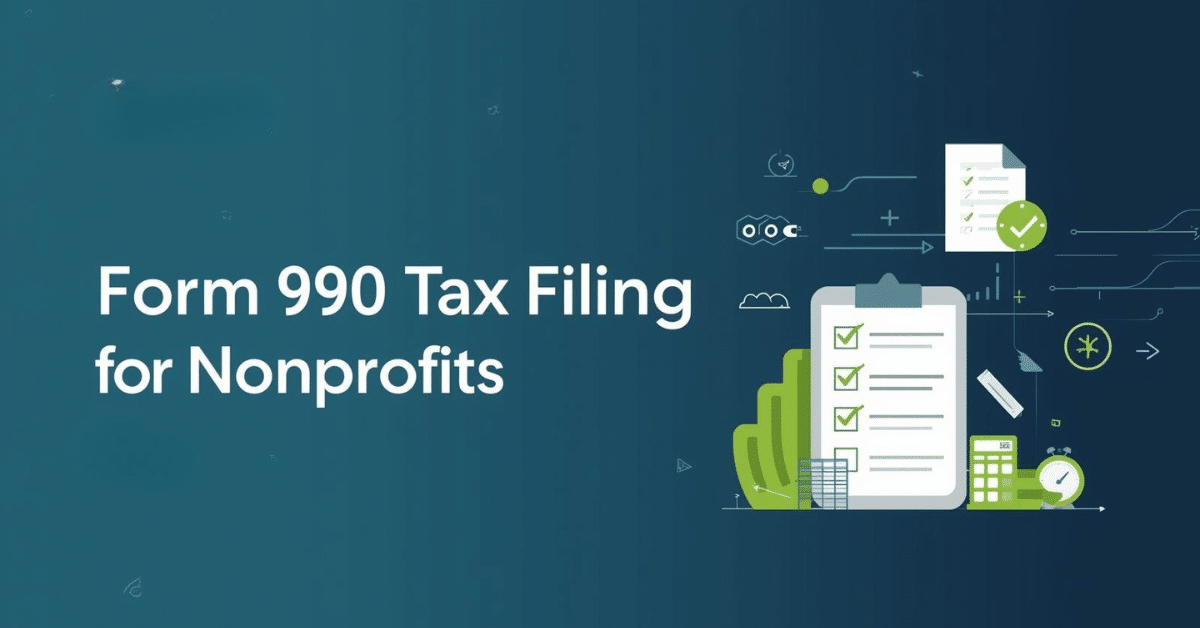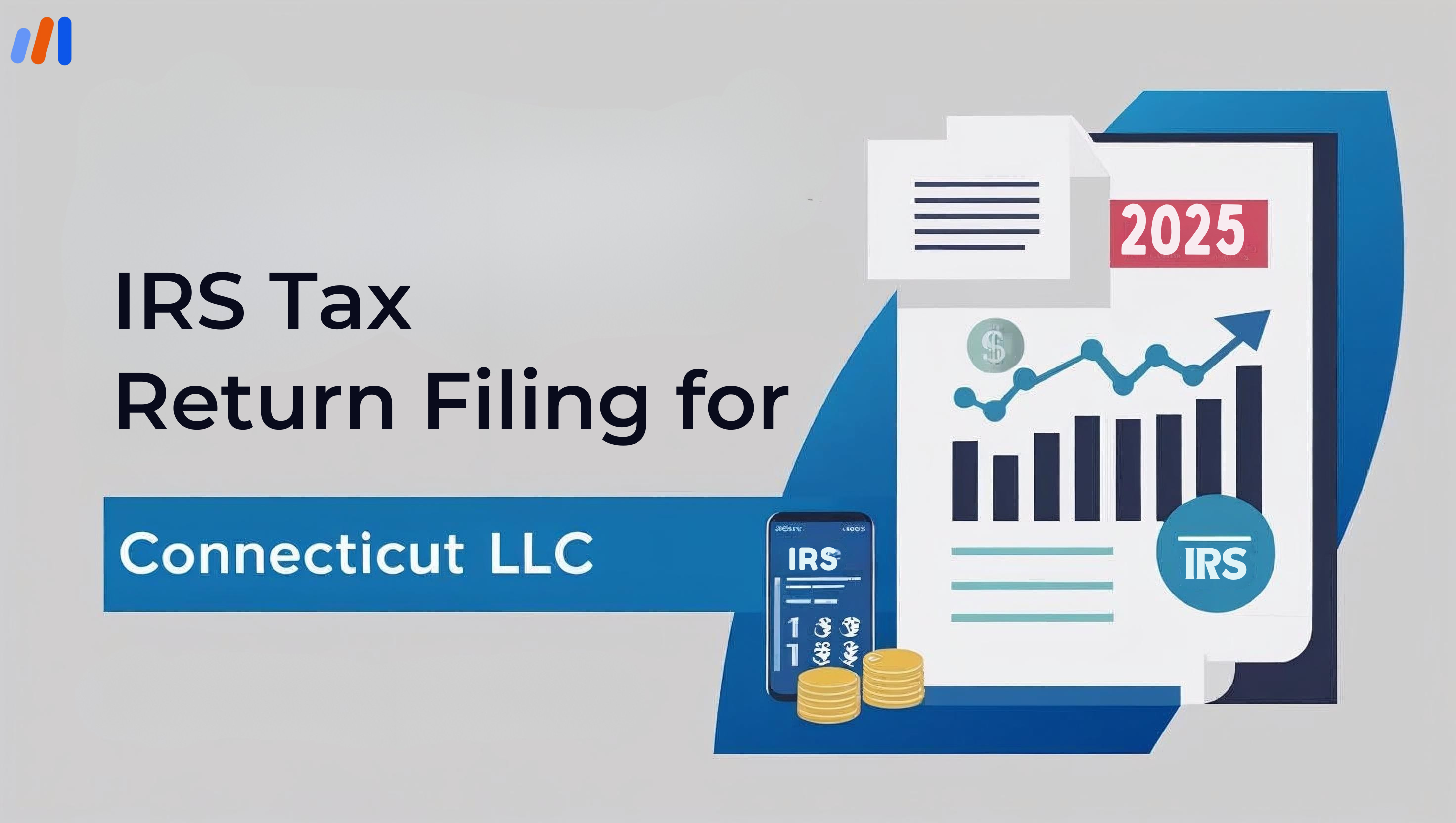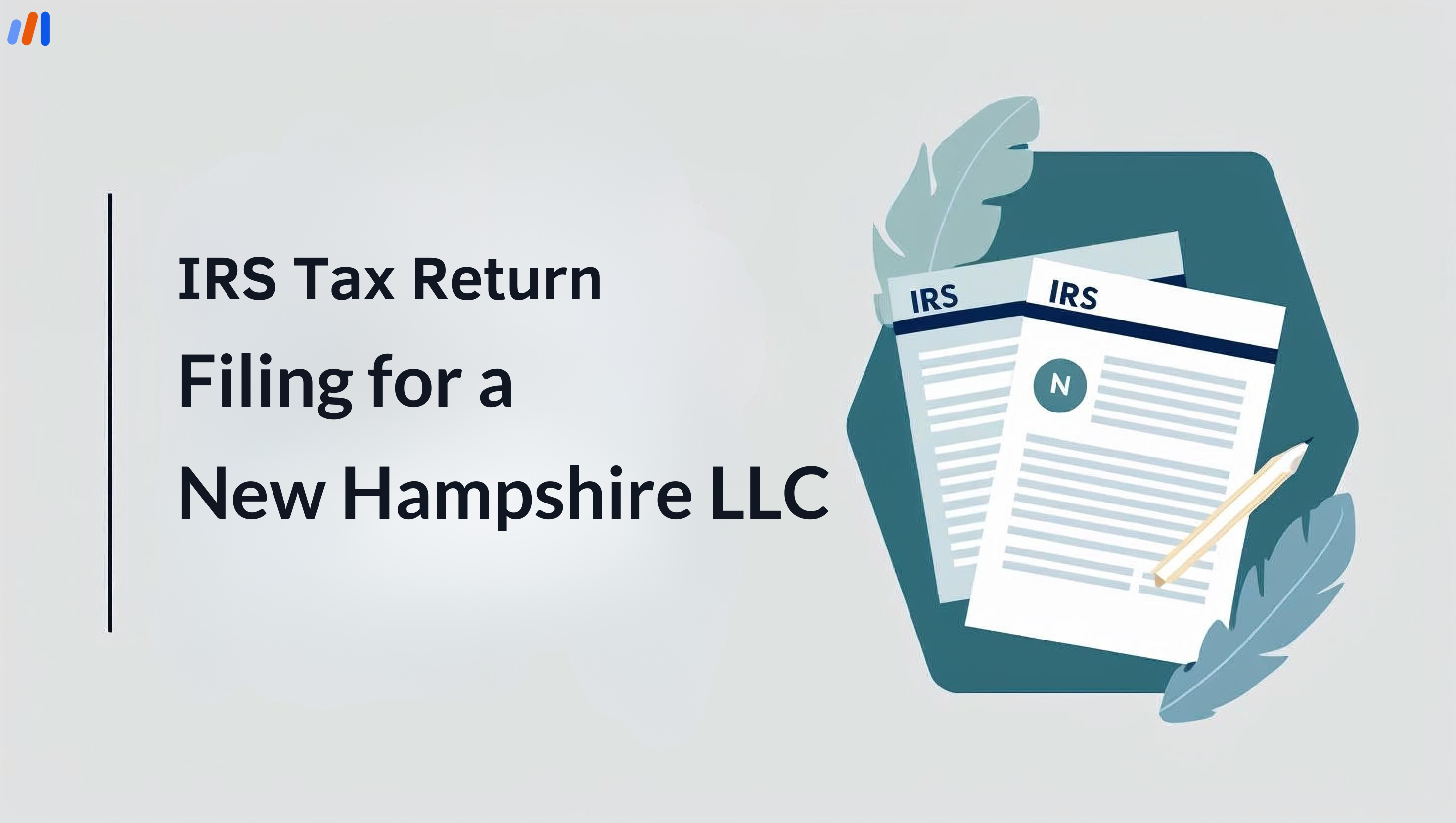Nonprofit compliance requirements need to be completed annually, which can be daunting. If you run a nonprofit, you need to grapple with Form 990, which is critical to keeping your organization tax-exempt. Form 990 and its variants are important for transparent nonprofit financial accountability. This guide provides the 990 tax form requirements for your organization, outlines the filing procedures, and gives tips to make sure you stay compliant with the law.
What Is a Form 990?
Form 990 is the annual return that needs to be filed with the IRS by tax-exempt nonprofits. Unlike other corporate tax filings, the 990 tax form is not used to determine taxes payable. Instead, your organization provides a description and detailed financial information, operational, and governance information about your organization. You can think of it as a report card about the financial and operational functioning of your nonprofit regarding the resources and mission of your nonprofit organization.
Transparency and accountability are the two most important pillars in the nonprofit world. When you file Form 990, you make a legal public record of your organization’s financial activities, programs, charitable donations, and compensation to your nonprofit executives. This also enhances trust in the nonprofit sector as a whole.
Why Filing a 990 Tax Form Matters for Nonprofits
Filing Form 990 on time is critical to maintaining your organization’s credibility and legal standing. Nonprofits that file 990 forms demonstrate transparency and compliance with IRS regulations. The consequences for failing to file 990 forms are severe; an organization’s tax-exempt status will be revoked after three years of non-filing.
Along with compliance, Form 990 is an important tool for donors and grantmakers to assess organizational health and effectiveness. Many funding agencies will not grant a proposal unless they have current 990 filings, so timely submission is essential.
Different Types of Form 990
Just like nonprofits, the IRS does not see tax forms as one-size-fits-all. Which Form 990 variant you will use depends on the size, revenue, and structure of your organization.
Overview of Form 990 Variants
The IRS provides multiple versions of the 990 tax form to accommodate different stages of organizational growth. Understanding the requirements that apply to your nonprofit is the first critical step in the filing process.
Form 990: Full Version Explained
The Form 990 tax form comes in different versions, and the standard Form 990 is the most comprehensive of them all. Organizations must file this complete return if gross receipts or total assets exceed the specified thresholds. The standard 990 form includes additional required schedules that describe the inflows and outflows of the organization’s resources, expenses by type, payments to executives, transactions with related parties, and governance or control over the activities of the nonprofit.
This is the most comprehensive version and, therefore, the most transparent form as it includes meticulous documentation. In recent years, this version required Schedules A through R. While laying out complete information to stakeholders, this is also the most complex of the variants.
Form 990-EZ: Simplified Filing for Small Organizations
For smaller nonprofits with gross receipts under $50,000, the Form 990-EZ offers a simplified Form 990 filing option. This simplified version captures the most important financial information, and direct filing does not require additional schedules. The 990-EZ does not require detailed filing but does require complete and accurate revenue, expenses, and changes in net assets to be reported.
Filing a 990-EZ is quicker and easier than filing a 990 tax form because it is a less extensive document. That said, organizations must meet all the appropriate criteria to file a 990-EZ. If these organizations do not meet all the appropriate criteria, they must file the complete tax form.
Form 990-N: The E-Postcard for Tiny Nonprofits
For the smallest tax-exempt organizations, there is the Form 990-N, also known as the e-postcard. This option for 990 form filing is available to organizations with gross receipts of under $50,000 and no significant assets. The e-postcard filing system is fully electronic and takes only a couple of minutes to complete.
That said, it is critical to understand that the brevity of the form does not mean it is optional. Not filing Form 990-N on time brings the same penalties as not filing any of the other 990 tax forms. This filing must be completed even if there were no activities during the year.
Form 990-PF: For Private Foundations
Unlike public charities, private foundations must use Form 990-PF. This form is tailored for foundations and is used to report certain activities, such as required charitable distributions and the investments the foundation makes. Private foundations also have a more complex tax position as the 990-PF is more strictly scrutinized by the IRS than the standard 990 forms of public charities.
Key Elements of the 990 Tax Form
What Information Is Included in the Form?
The 990 tax form captures comprehensive organizational data across multiple sections. Understanding these components helps you prepare more efficiently and identify potential compliance issues.
| Form Section | Primary Information |
|---|---|
| Part I | Summary of financial activities and mission statement |
| Part II | Signature block and organizational information |
| Part III | Programs and accomplishments |
| Part IV | Checklist of required schedules |
| Part V | Net assets or fund balances |
| Part VI | Governance, management, and disclosure practices |
| Part VII | Compensation of officers and key employees |
| Part VIII | Revenue from program services |
| Part IX | Statement of functional expenses |
| Part X | Balance sheet |
Financial Reporting, Governance, and Compliance Details
The 990 tax form requires detailed financial statements showing all revenue sources, including donations, grants, program fees, and investment income. Organizations must also itemize expenses by function—program services, management, and fundraising—providing donors insight into how every dollar is spent.
Governance sections address board composition, conflicts of interest policies, executive compensation practices, and whistleblower protections. These elements demonstrate that your nonprofit operates with appropriate oversight and ethical standards.
Special Considerations When Filing Form 990
Changes in organizational structures might bring a need to give extra care when filing the 990 form. Partnerships, affiliated organizations, and entities with foreign activities need to report on Forms 990 and 1116. Also, nonprofits that provide healthcare, operate educational institutions, or are involved in political activities must file extra schedules.
How to Prepare for Form 990 Filing
To successfully file Form 990, the process must begin well in advance. Collect all financial records, including bank records, records of donations, expenses, and any associated account transactions and investments. Also, review the account structure to ensure their allocated expenses are aligned with the 990 tax form requirements for functional expense classifications.
Additionally, confirming your organization’s Form 990 filing status with the IRS and the Tax Exempt Organization Search tool will help you outline your filing requirements and any other details that need updating.
Filing the Form in 5 Easy Steps
Step 1: Determine Your Filing Requirement
Based on your organization’s gross receipts and total assets, you should be able to identify whether you need to file Form 990, 990-EZ, 990-N, or an exception.
Step 2: Collect Financial Documentation
Your 990 form filing accuracy depends on complete and organized records, so be sure to compile all financial records, along with board minutes and governance documentation.
Step 3: Fill Out the Form Carefully
Take your time completing the form and make sure all the numbers in the different sections are aligned with your audited financial statements or accounting records. Do not forget that the 990 tax form is very sensitive and needs your utmost precision.
Step 4: Provide Required Attachments
This depends on the activities your organization is involved in. For example, private foundations filing Form 990-PF must also provide specific additional documents that show details about their investments and transactions with the form.
Step 5: Submit Your Filing
You can either use the IRS e-file system or hand the 990 form filing to a tax professional to file on your behalf.
Common Mistakes to Avoid During Filing
Filing the 990 form can be challenging because organizations often make mistakes, such as miscalculating revenue, misclassifying expenses, and leaving incomplete sections related to governance. Misreported expenses, especially in program service and compensation of officers, are a common problem and will likely get your organization flagged. Missing required supplemental schedules is equally common, and this may result in your organization being subject to amendments and penalties.
Where to Find an Organization’s Form 990 or 990-PF
You can find Form 990 information on the IRS website and other places. The easiest option is the IRS Tax Exempt Organization Search, which allows you to find any public charity’s recent IRS filings. GuideStar, ProPublica’s Nonprofit Explorer, and many other sites also offer 990 databases, although ProPublica’s site offers a bit more in-depth analysis and comparison tools.
How to Use Form 990 to Evaluate a Nonprofit
For donors and grantmakers, the 990 tax form contains pertinent information about an organization. Start with the financial summary, then the source of the revenue and the expenditures. Most donors prefer that the organization spend at least 75% of its revenue on programs. Check the costs associated with management versus the programs. Finally, the governance section should provide information on whether the organization has effective internal control and ethical standards.
Expert Filing Services for Nonprofits
Using a 990 form filing service, like EasyFiling, to streamline compliance is a good operational philosophy. They perform administrative tasks, such as data entry and error checking, and unique administrative tasks like tracking document submission. This allows nonprofit staff to focus on more important tasks.
Frequently Asked Questions About Form 990
Q: What happens if I do not file the 990 tax form on time?
If you do not file on time, the IRS will impose penalties. If you do not file for 90 days and do not request an extension, your organization may lose tax-exempt status.
Q: Can I file an extension for my 990 form?
Yes. The organization may file Form 7004 to request a six-month extension on the filing.
Q: Who needs to see our 990 form?
990 forms become public documents and must be available for anyone who asks.
Conclusion
Managing a nonprofit requires knowing your 990 tax form filing requirements. There is a level of accountability and transparency that goes with the timely and accurate filing of Form 990, whether your organization submits the full Form 990, the simplified 990-EZ, or the electronic 990-N postcard. Although the 990 form filing process may appear complicated, it can be simplified with advanced planning, organized record-keeping, and the engagement of a qualified professional.
File Your LLC Today
25$ off with a coupon
Lock in EasyFiling's transparent rates and get lifetime compliance support at no extra cost.
Get Started Now







